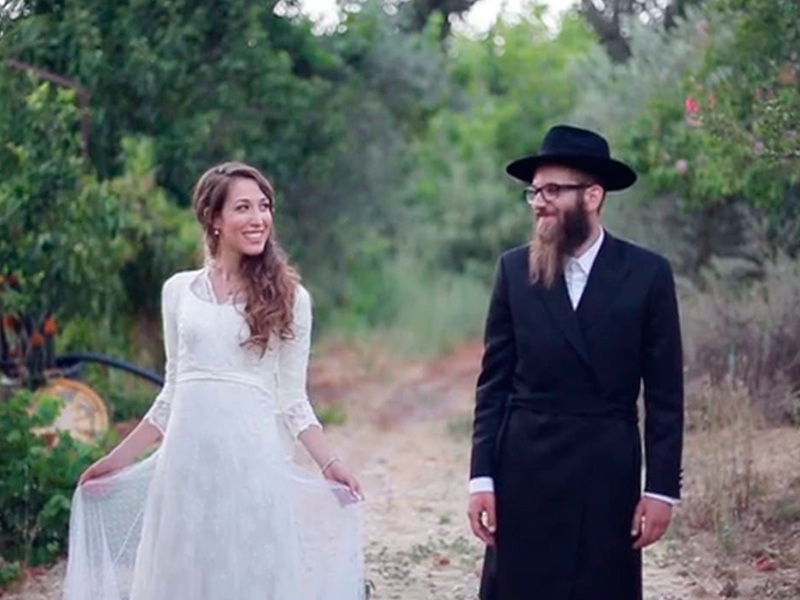In Jewish memory, the late spring festival of Shavuot marks the revelation of God’s word at Mount Sinai, the bestowing of the Ten Commandments and the affirmation of the covenant between God and the Jewish People. It’s a good time to examine the state of Jewish marriage, and not only because the festival falls in June.
The Hebrew word for covenant is brit, the same word used for brit milah, literally the covenant of circumcision. Today, the birth of baby girls, too, is marked by Jewish ritual, often also referred to as a brit – or in Israel, as a britah, a modern feminization of the word – to clarify that the special relationship between God and the Jewish People encompasses women, too.
A covenant is a binding agreement between two parties, a contract that stipulates obligations on both. Judaism has understood the covenant between God and Israel to mean that the Jewish People promise to act in accordance with God’s will, or law or ethics, and that God commits to act in a protective way toward the Jewish People. Covenants, of course, are instituted not only between humans and the Divine, but between people. The Torah records several occasions of a brit convened between nations or leaders. We might use the word “treaty” to describe such arrangements.
But there are covenants in everyday life, as well. A marriage is a kind of covenant, with commitments and obligations between two people. In fact, the prophets of the Bible routinely use human marriage as a metaphor for the relationship between God and the Jewish People. You can understand why they would do so. The metaphor draws on the familiar and concrete – the marital relationship – to help convey something more abstract and mystical. And the metaphor works, because we know what it’s like to love your spouse, to want to protect the one you love, and to be bound to marital fidelity.
But there aspects of that analogy strike us today as problematic. Most notably, there’s a sharp difference in power between the two parties to the covenant. Reflecting the social realities of the time, it was understood that men held more power. They were responsible for supporting, protecting and sustaining their wives. But they weren’t bound by the same requirements of fidelity that obligated women. In biblical Judaism, a married woman committed herself exclusively to her husband, but men were free to engage in multiple relationships. Rabbinic Judaism maintained that gender difference until the Middle Ages for Ashkenazi Jews and until today for Sephardi Jews.
READ: TORONTO ARTIST CRAFTS BEAUTIFUL, PERSONALIZED KETUBAHS
The traditional Jewish marriage contract – the ketubah – reflects this power imbalance that’s part of our history but not our present values. In fact, the original model for Jewish marriage was one of acquisition – a man acquires a wife.
Most couples today lead lives very much at odds with the power imbalance that underwrites the traditional ketubah. Some couples don’t mind the disparity between the language used to transact their marriage and the terms they use to live out their relationship. For some, a barely understood ancient language gives a flavour of authenticity to their wedding ceremony. But other couples – often those with enough Jewish education to understand the Aramaic words and sufficient commitment to Judaism to take that language seriously – balk at inaugurating their marriage with terms that offend them.
These couples are revising their wedding ceremonies, often working with rabbis to create a ritual that reflects a marriage that is a partnership of equals. Some heterosexual couples look to newer gay marriage ceremonies as models for egalitarianism. The new ceremonies are often referred to as brit ahuvim or brit shutafim – a covenant of lovers or of partners. In the liberal streams of Judaism, such innovations are less complicated to include in a Jewish wedding. But even in more traditional streams, couples are testing the boundaries of Halachah to make the covenant of marriage enduringly meaningful.
